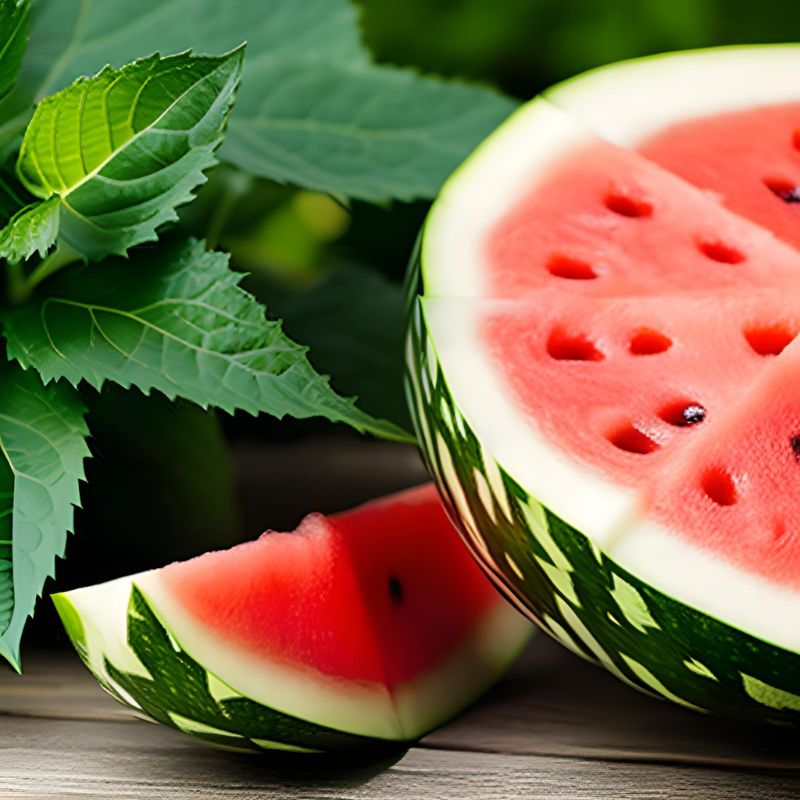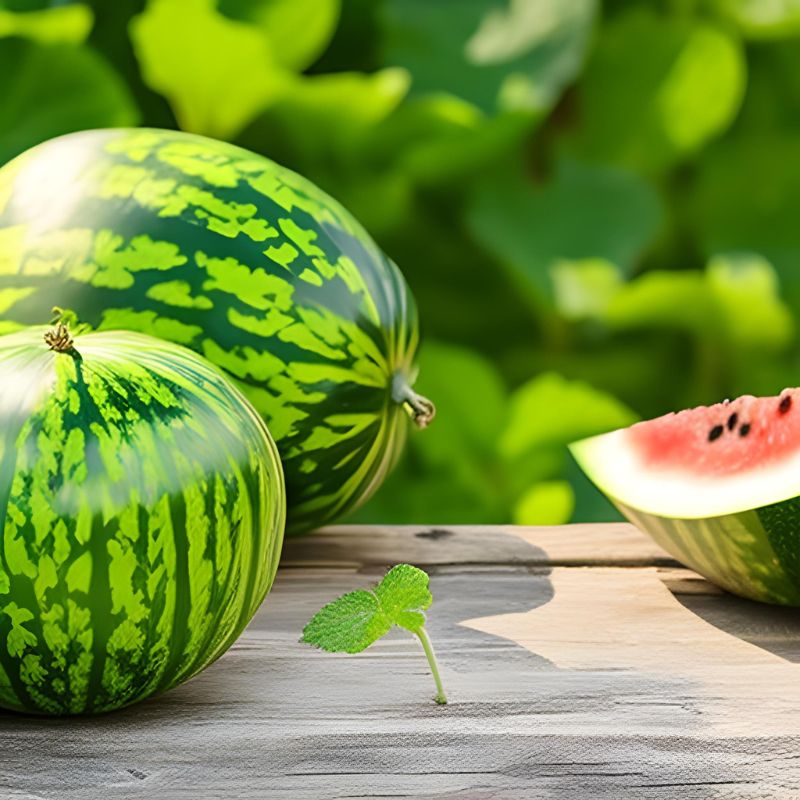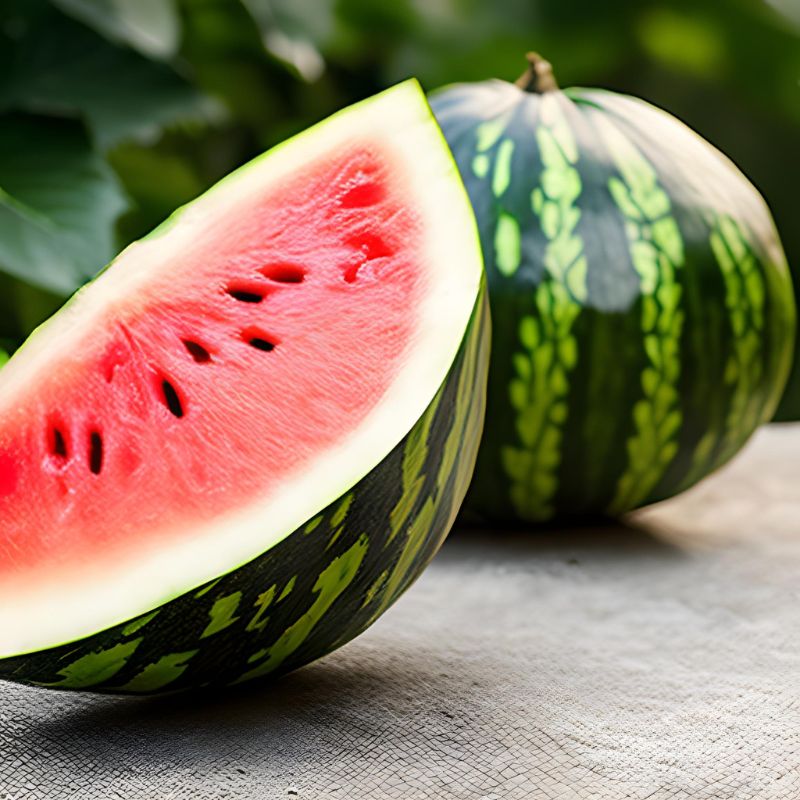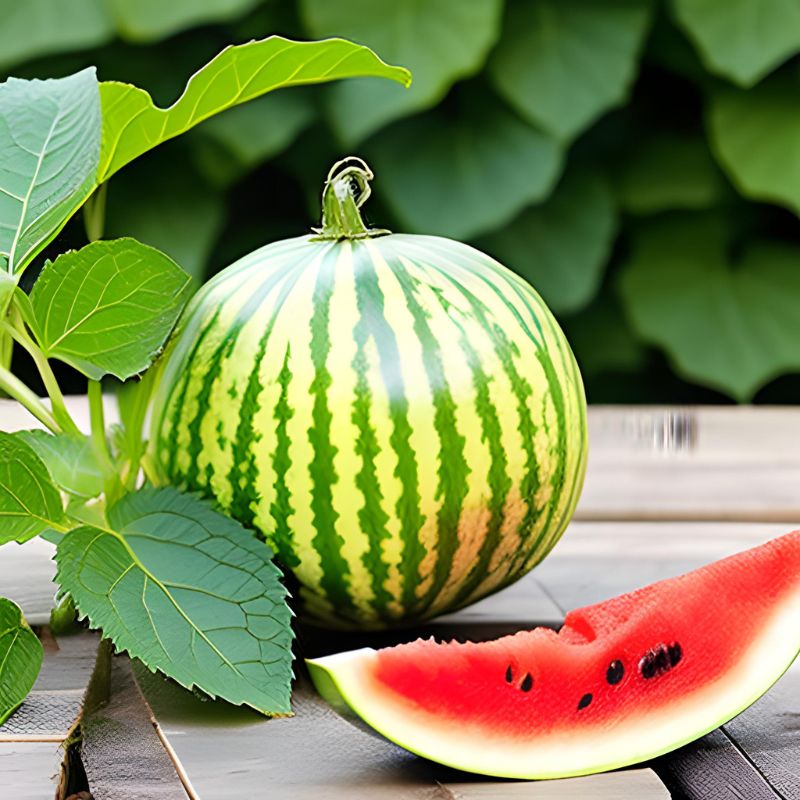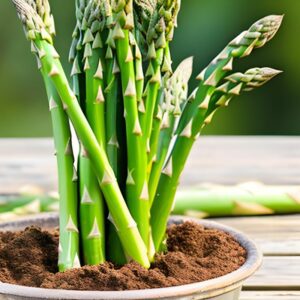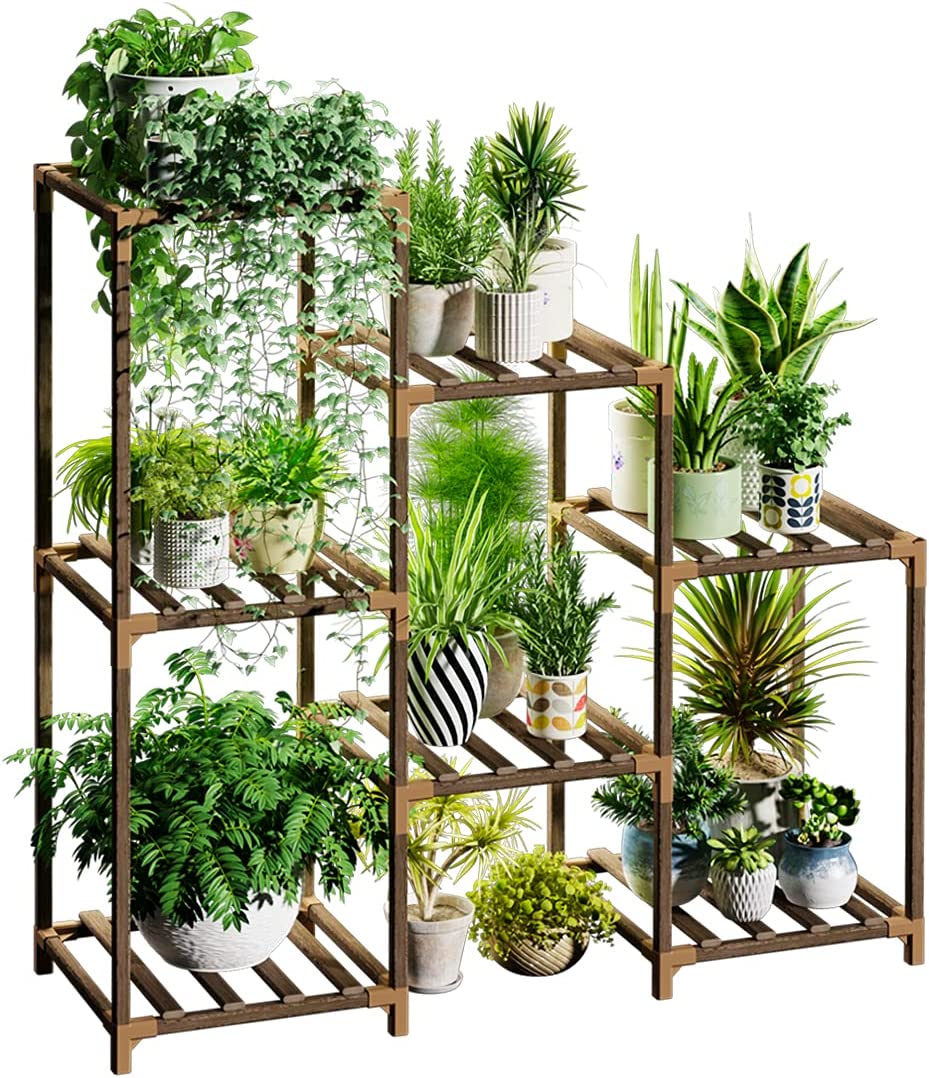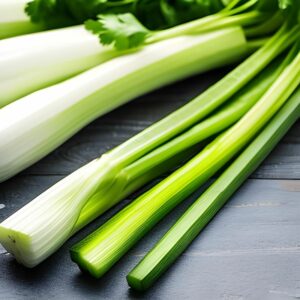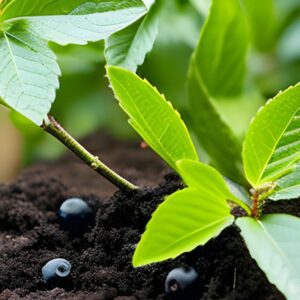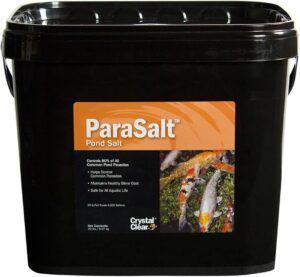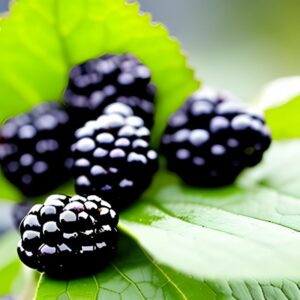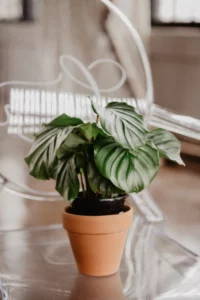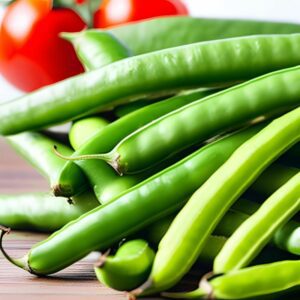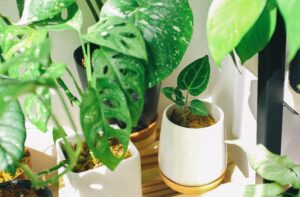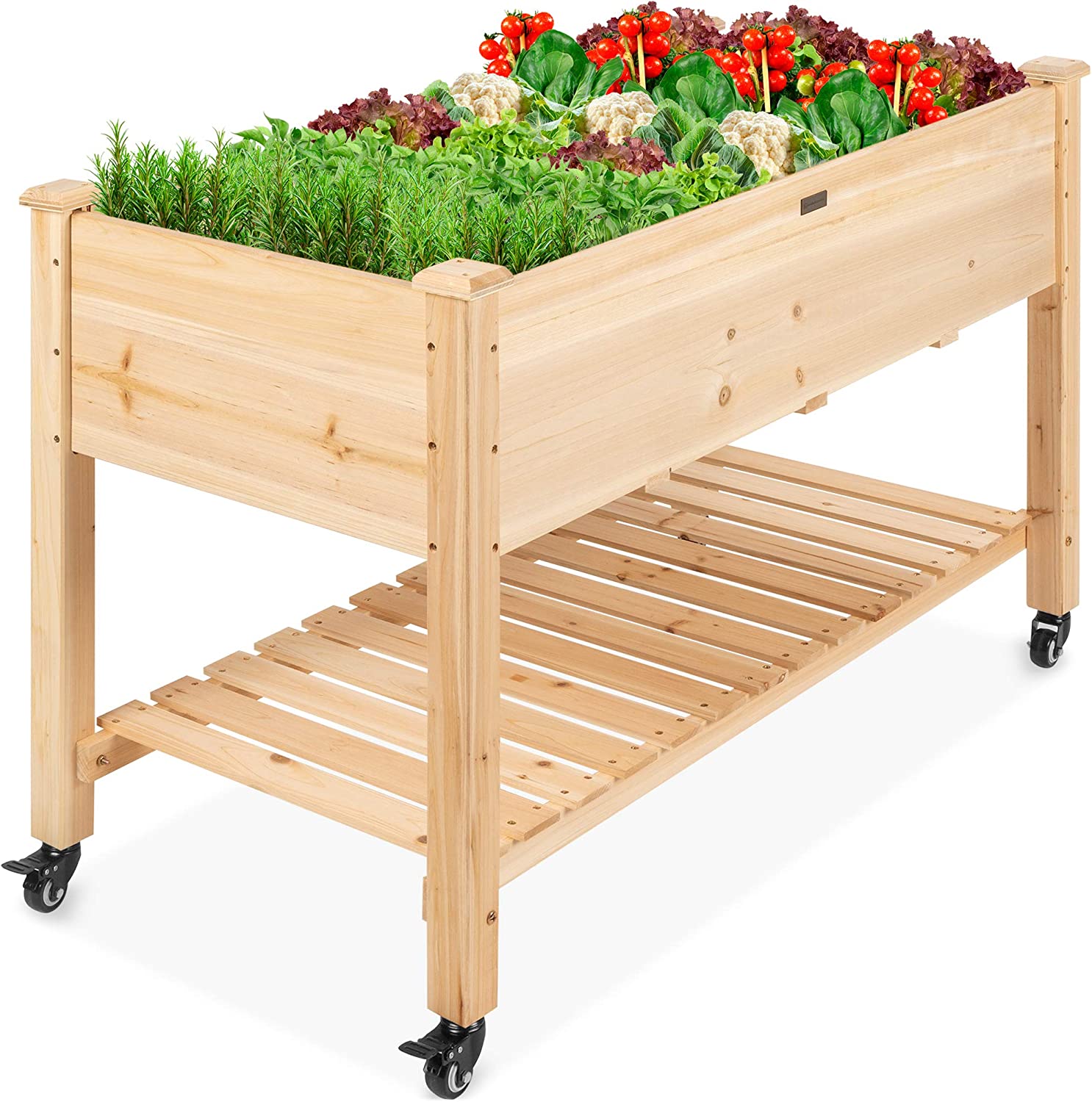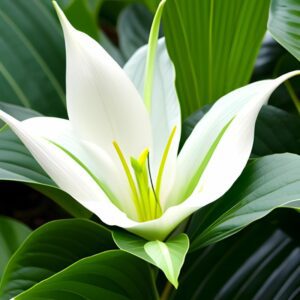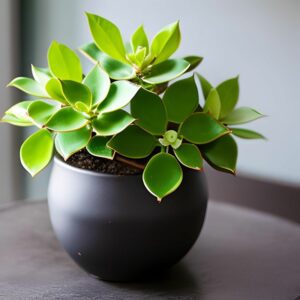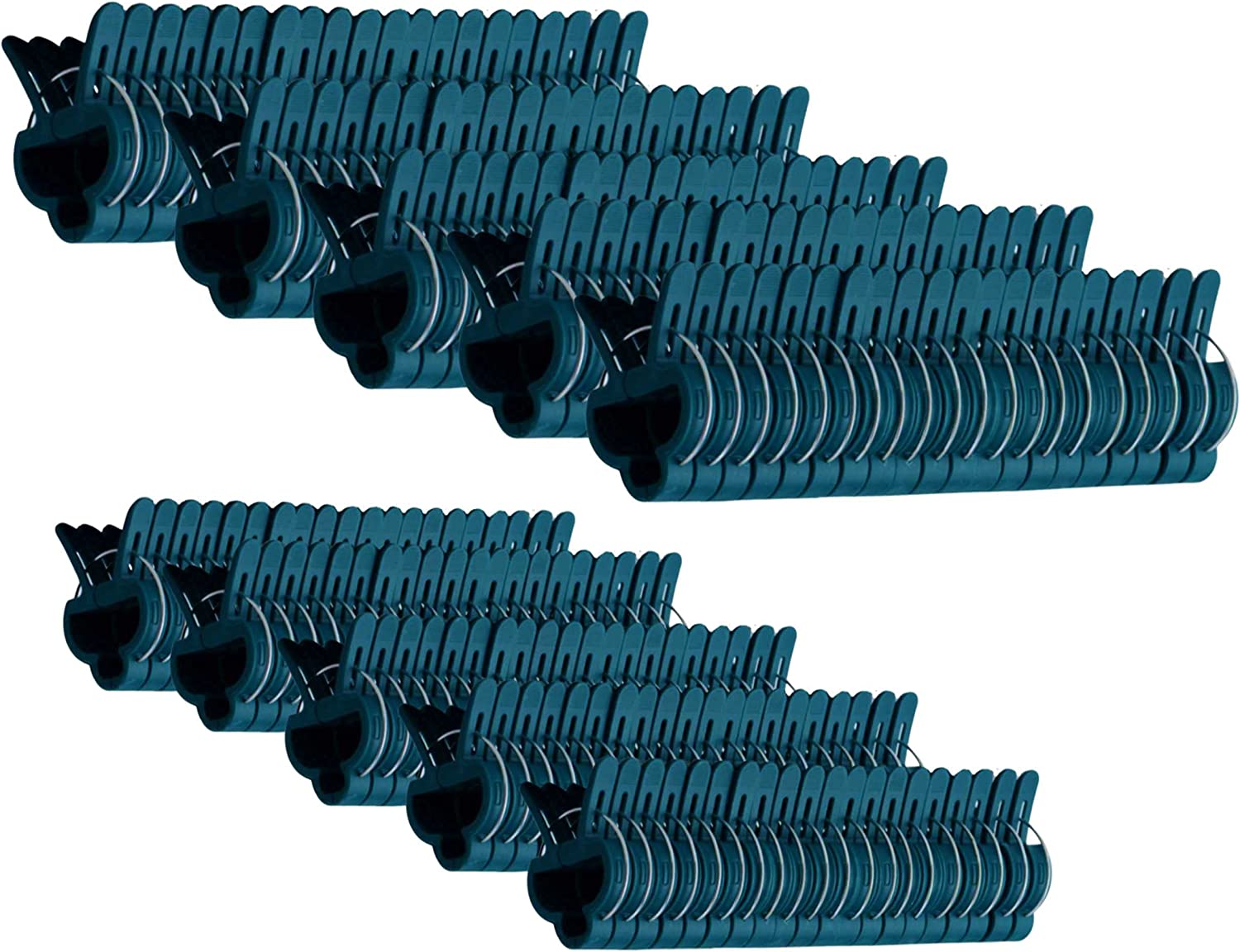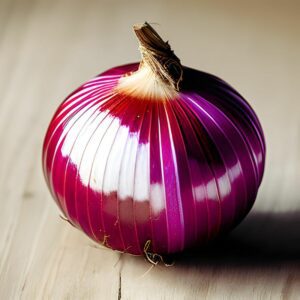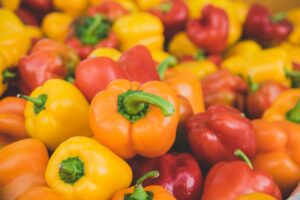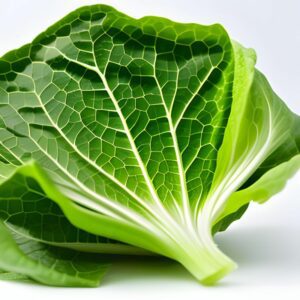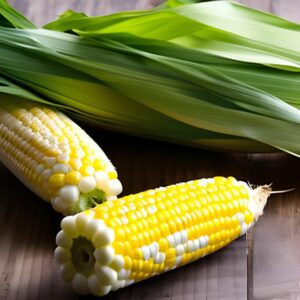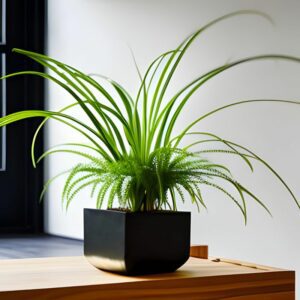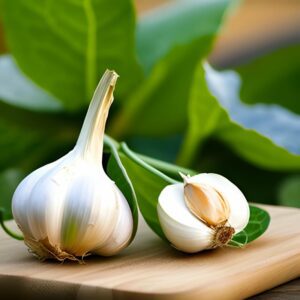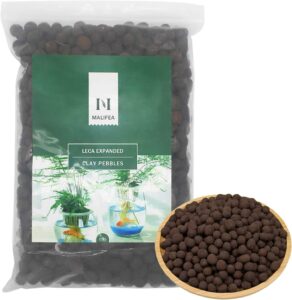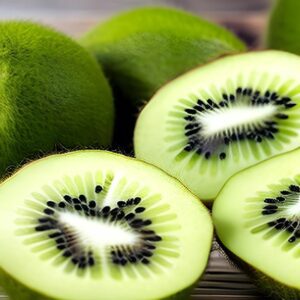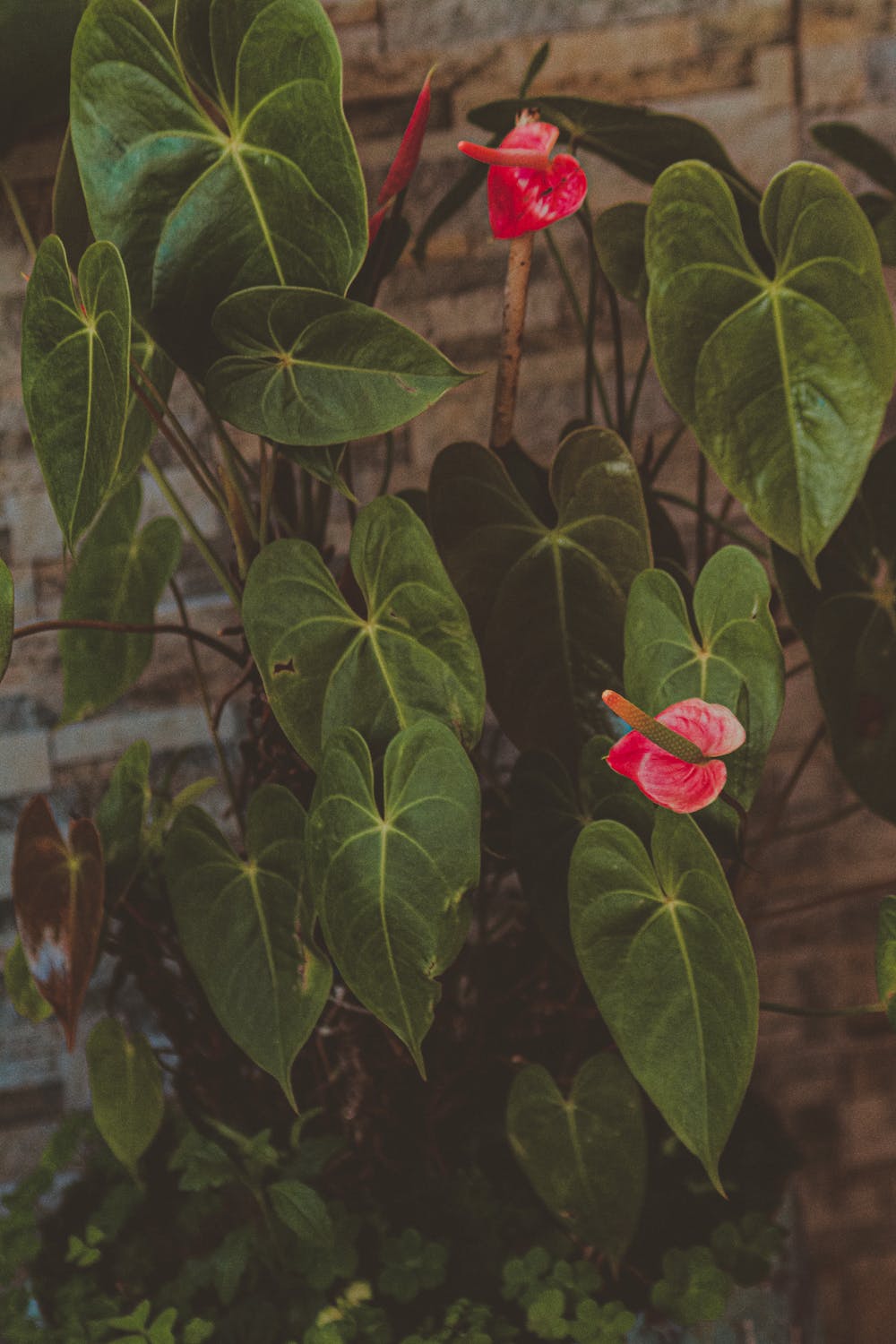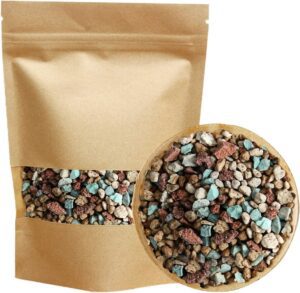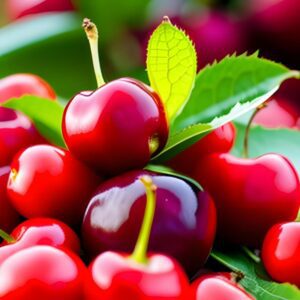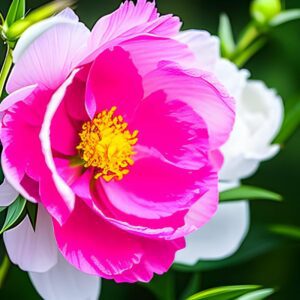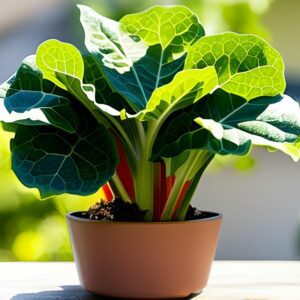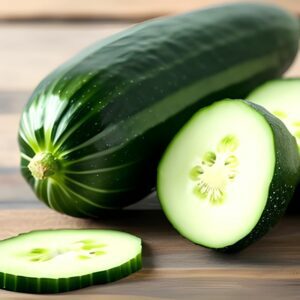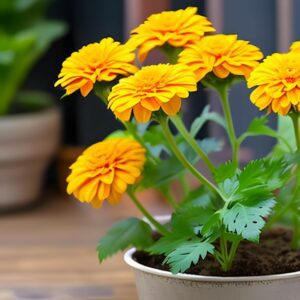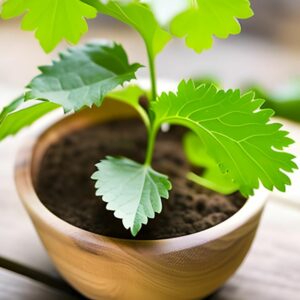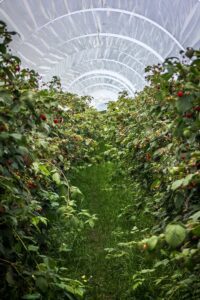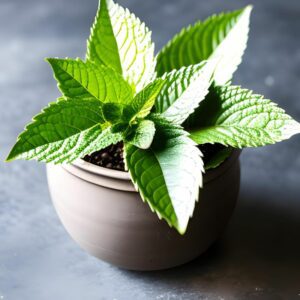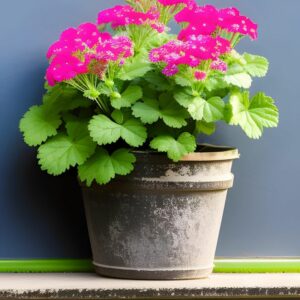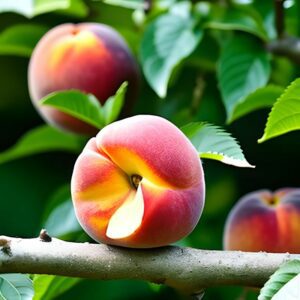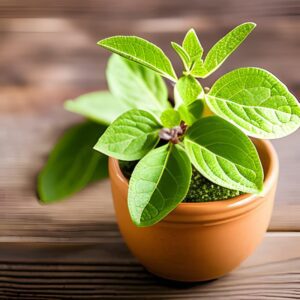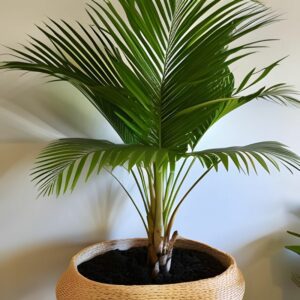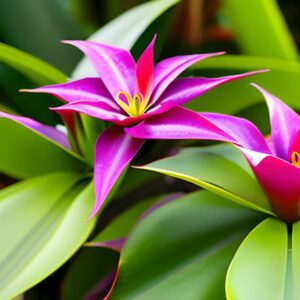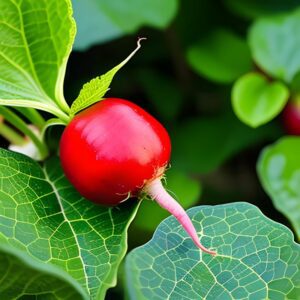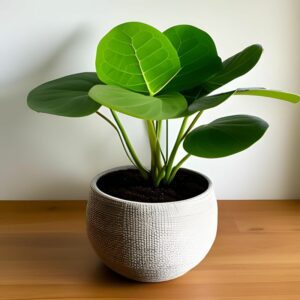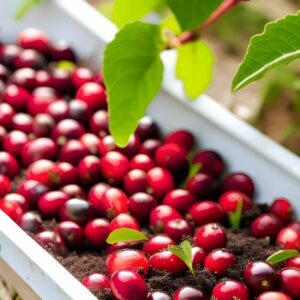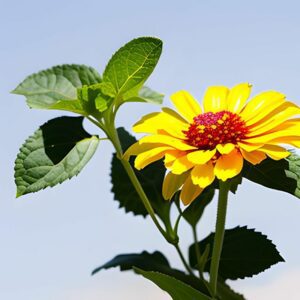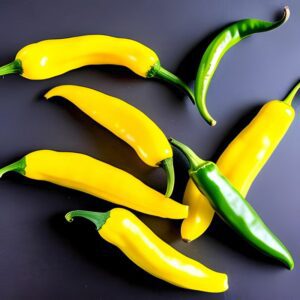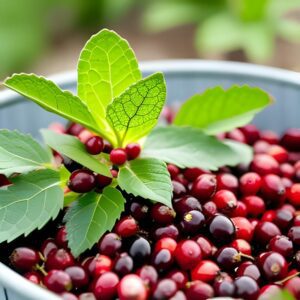Watermelon
Fruits
- Africa
- Easy
- 80-100 Days
Introduction
Watermelon is a delicious and refreshing fruit known for its sweet, juicy flesh and high water content. Native to Africa, watermelons are now grown worldwide and enjoyed during the hot summer months. Growing your own watermelons allows you to indulge in the pleasure of biting into a homegrown, sun-ripened fruit that’s perfect for picnics, backyard gatherings, or simply enjoying on a hot day.
Plant Characteristics
Watermelon plants are sprawling vines with large, lobed leaves. The fruits can vary in size and shape, ranging from small personal-sized varieties to large, oblong melons. The flesh can be red, pink, yellow, or even white, depending on the variety. Watermelon plants produce yellow flowers that eventually develop into the fruit.
Ideal Growing Conditions
Watermelons thrive in warm climates and require a long growing season. They need full sun exposure, with at least 6-8 hours of direct sunlight per day. The soil should be well-draining, loose, and fertile. Ideal soil pH ranges from 6.0 to 6.8. Watermelons are heat-loving plants and require temperatures between 70-85°F (21-29°C) for optimal growth.
Planting Guide
Wait until all danger of frost has passed before planting watermelon seeds or seedlings. Choose a sunny location in your garden with well-draining soil. Sow seeds directly into the ground or start with seedlings, planting them at the recommended spacing for the particular watermelon variety. Plant seeds or seedlings about 1 inch deep in the soil, covering them gently. Water the soil immediately after planting to ensure good seed-to-soil contact. Provide support or trellising for vines, especially for larger varieties.
Watering and Fertilizing
Watermelon plants require consistent watering to support their growth and fruit development. Provide deep watering to reach the root zone and ensure the soil is evenly moist but not waterlogged. Watermelons are heavy feeders and benefit from regular fertilization. Apply a balanced fertilizer at planting and side-dress with additional nitrogen-rich fertilizer during the growing season, following package instructions.
Pruning and Maintenance
Watermelon plants generally do not require extensive pruning. However, it’s beneficial to remove any side shoots or suckers that develop in the leaf axils to encourage the main vine’s growth. As the fruits begin to develop, place straw or cardboard beneath them to prevent direct contact with the soil, reducing the risk of rot. Regularly monitor the plants for signs of pests or diseases and take appropriate measures if necessary.
Harvesting
Harvesting watermelons at the right time ensures optimal sweetness and flavor. Check for signs of ripeness, such as a dull skin color, a yellowish belly spot, and a hollow sound when thumped. Different watermelon varieties may have specific indicators of ripeness, so refer to the specific variety’s guidelines. Cut the watermelon from the vine using clean, sharp garden shears or a knife, leaving a short stem attached.
Post-Harvest Care
After harvesting, allow the watermelons to sit at room temperature for a few hours to further ripen and enhance their sweetness. Once ripe, store them in the refrigerator to maintain freshness. Cut watermelon should be stored in airtight containers or covered with plastic wrap and consumed within a few days. Enjoy the juicy and refreshing watermelon slices on their own or in various culinary creations.
Troubleshooting
Watermelon plants can face challenges such as pests, diseases, or environmental issues. Common problems include pests like aphids or cucumber beetles and diseases like powdery mildew or blossom end rot. Regularly inspect the plants for any signs of pests or diseases and take appropriate measures. Cultural practices such as proper watering, good air circulation, and crop rotation can help prevent and manage these issues.
Fun Facts
Watermelons are not only delicious but also interesting fruits. They are composed of about 92% water, making them a hydrating summer treat. Watermelons come in different varieties, including seedless and heirloom types, each with its unique characteristics. They are a good source of vitamins A and C and can be enjoyed in various forms, such as in salads, smoothies, or as a refreshing snack on a hot day.
